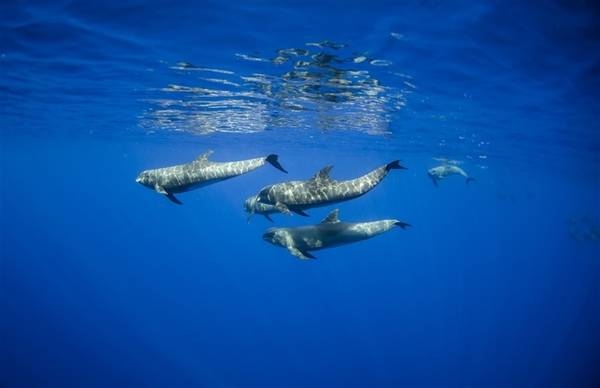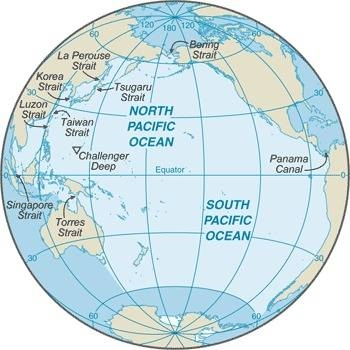Pacific Ocean
Introduction
Background
The Pacific Ocean is the largest of the world's five oceans (followed by the Atlantic Ocean, Indian Ocean, Southern Ocean, and Arctic Ocean). Strategically important access waterways include the La Perouse, Tsugaru, Tsushima, Taiwan, Singapore, and Torres Straits.The decision by the International Hydrographic Organization in the spring of 2000 to delimit a fifth ocean, the Southern Ocean, removed the portion of the Pacific Ocean south of 60 degrees south.
Visit the Definitions and Notes page to view a description of each topic.
Geography
Location
body of water between the Southern Ocean, Asia, Australia, and the Western Hemisphere
Geographic coordinates
0 00 N, 160 00 W
Map references
Political Map of the World
Area
total: 168.723 million sq km
note: includes Arafura Sea, Bali Sea, Banda Sea, Bering Sea, Bering Strait, Celebes Sea, Coral Sea, East China Sea, Flores Sea, Gulf of Alaska, Gulf of Thailand, Gulf of Tonkin, Java Sea, Philippine Sea, Sea of Japan, Sea of Okhotsk, Solomon Sea, South China Sea, Sulu Sea, Tasman Sea, and other tributary water bodies
Area - comparative
about 15 times the size of the US; covers about 28% of the global surface; almost equal to the total land area of the world
Coastline
135,663 km
Climate
planetary air pressure systems and resultant wind patterns exhibit remarkable uniformity in the south and east; trade winds and westerly winds are well-developed patterns, modified by seasonal fluctuations; tropical cyclones (hurricanes) may form south of Mexico from June to October and affect Mexico and Central America; continental influences cause climatic uniformity to be much less pronounced in the eastern and western regions at the same latitude in the North Pacific Ocean; the western Pacific is monsoonal - a rainy season occurs during the summer months, when moisture-laden winds blow from the ocean over the land, and a dry season during the winter months, when dry winds blow from the Asian landmass back to the ocean; tropical cyclones (typhoons) may strike southeast and east Asia from May to December
Ocean volume
ocean volume: 669.88 million cu km
percent of World Ocean total volume: 50.1%
Major ocean currents
the clockwise North Pacific Gyre formed by the warm northward flowing Kuroshio Current in the west, the eastward flowing North Pacific Current in the north, the southward flowing cold California Current in the east, and the westward flowing North Equatorial Current in the south; the counterclockwise South Pacific Gyre composed of the southward flowing warm East Australian Current in the west, the eastward flowing South Pacific Current in the south, the northward flowing cold Peru (Humbolt) Current in the east, and the westward flowing South Equatorial Current in the north
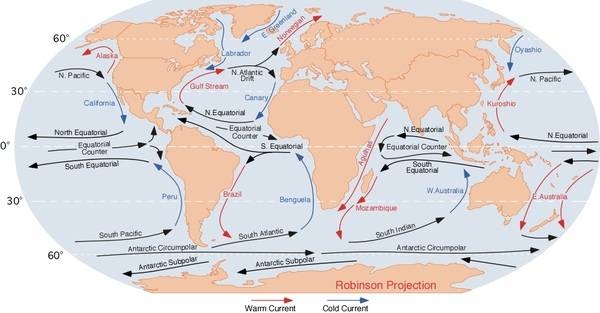
Bathymetry
continental shelf: The continental shelf (see Figure 1), a rather flat area of the sea floor adjacent to the coast that gradually slopes down from the shore to water depths of about 200 m (660 ft). Dimensions can vary: they may be narrow or nearly nonexistent in some places or extend for hundreds of miles in others. The waters along the continental shelf are usually productive in both plant and animal life, both from sunlight and nutrients from ocean upwelling and terrestrial runoff. The following are examples of features found on the continental shelf of the Pacific Ocean.
Arafura Shelf (Figure 5)
Sahul Shelf (Figure 5)
Sunda Shelf (Figure 5)
Taiwan Banks (Figure 5)
continental slope: The continental slope (see Figure 1) is where the ocean bottom drops off more rapidly until it meets the deep-sea floor (abyssal plain) at about 3,200 m (10,500 ft) water depth. The deep waters of the continental slope are characterized by cold temperatures, low light conditions, and very high pressures. Sunlight does not penetrate to these depths, having been absorbed or reflected in the water above. The continental slope can be indented by submarine canyons, often associated with the outflow of major rivers. Another feature of the continental slope are alluvial fans or cones of sediments carried downstream to the ocean by major rivers and deposited down the slope. The following are examples of features found on the continental slope of the Pacific Ocean.
Pribilof Canyon (Figure 2)
Zhemchug Canyon (Figure 2); note - deepest submarine canyon
abyssal plains: The abyssal plains (see Figure 1), at depths of over 3,000 m (10,000 ft) and covering 70% of the ocean floor, are the largest habitat on earth. Sunlight does not penetrate to the sea floor, making these deep, dark ecosystems less productive than those along the continental shelf. Despite their name, these “plains” are not uniformly flat; they are interrupted by features like hills, valleys, and seamounts. The following are examples of features found on the abyssal plains of the Pacific Ocean.
Aleutian Basin (Figure 2)
Central Pacific Basin (Figure 2)
Northeast Pacific Basin (Figure 2)
Northwest Pacific Basin (Figure 2)
Philippine Basin (Figure 4)
Southwest Pacific Basin (Figure 4)
Tasman Basin (Figure 4)
mid-ocean ridge: The mid-ocean ridge (see Figure 1), rising up from the abyssal plain, is an underwater mountain range, over 64,000 km (40,000 mi) long, rising to an average depth of 2,400 m (8,000 ft). Mid-ocean ridges form at divergent plate boundaries where two tectonic plates are moving apart and new crust is created by magma pushing up from the mantle. Tracing their way around the global ocean, this system of underwater volcanoes forms the longest mountain range on Earth. Fracture Zones are linear transform faults that develop perpendicular to the line of the mid-ocean ridge which can offset the ridge line and divide it into segments. The following are examples of mid-ocean ridges found on the floor of the Pacific Ocean.
East Pacific Rise (Figure 3)
Pacific-Antarctic Ridge (Figure 3)
seamounts: Seamounts (see Figure 1) are submarine mountains at least 1,000 m (3,300 ft) high formed from individual volcanoes on the ocean floor. They are distinct from the plate-boundary volcanic system of the mid-ocean ridges, because seamounts tend to be circular or conical. A circular collapse caldera is often centered at the summit, evidence of a magma chamber within the volcano. Flat topped seamounts are known as guyots. Long chains of seamounts are often fed by "hot spots" in the deep mantle. These hot spots are associated with stationary plumes of molten rock rising from deep within the Earth's mantle. These hot spot plumes melt through the overlying tectonic plate as it moves and supplies magma to the active volcanic island at the end of the chain of volcanic islands and seamounts. The following are examples of seamounts found on the floor of the Pacific Ocean.
Caroline Seamounts (Figure 5)
East Mariana Ridge (Figure 4)
Emperor Seamount Chain (Figure 2)
Hawaiian Ridge (Figure 2)
Lord Howe Seamount Chain (Figure 4)
Louisville Ridge (Figure 4)
Kapingamarangi (Ontong-Java) Rise (Figure 5); note - largest submarine plateau
Macclesfield Bank (Figure 5)
Marshall Seamounts (Figure 2)
Magellan Seamounts (Figure 2)
Mid-Pacific Seamounts (Figure 2)
Reed Tablemount (Figure 5)
Shatsky Rise (Figure 2); note - third largest submarine plateau
Tonga-Kermadec Ridge (Figure 4)
ocean trenches: Ocean trenches (see Figure 1) are the deepest parts of the ocean floor and are created by the process of subduction. Trenches form along convergent boundaries where tectonic plates are moving toward each other, and one plate sinks (is subducted) under another. The location where the sinking of a plate occurs is called a subduction zone. Subduction can occur when oceanic crust collides with and sinks under (subducts) continental crust resulting in volcanic, seismic, and mountain-building processes. Subduction can also occur in the convergence of two oceanic plates where one will sink under the other and in the process create a deep ocean trench. Subduction processes in oceanic-oceanic plate convergence also result in the formation of volcanoes. Over millions of years, the erupted lava and volcanic debris pile up on the ocean floor until a submarine volcano rises above sea level to form a volcanic island. Such volcanoes are typically strung out in chains called island arcs. As the name implies, volcanic island arcs, which closely parallel the trenches, are generally curved. The following are examples of ocean trenches found on the floor of the Pacific Ocean.
Aleutian Trench (Figure 2)
Chile Trench (Figure 3)
Izu-Ogasawara Trench (Figure 2)
Japan Trench (Figure 2)
Kermadec Trench (Figure 3, 4)
Kuril-Kamchatka Trench (Figure 2)
Manus Trench (Figure 4)
Mariana Trench (Figure 2, 4); note - deepest ocean trench
Middle America Trench (Figure 3)
Nansei-Shoto Trench (Figure 5)
Palau Trench (Figure 2, 4)
Philippine Trench (Figure 4)
Peru-Chile Trench (Figure 3)
South New Hebrides Trench (Figure 4)
Tonga Trench (Figure 3, 4)
Yap Trench (Figure 2, 4)
atolls: Atolls are the remains of dormant volcanic islands. In warm tropical oceans, coral colonies establish themselves on the margins of the island. Then, over time, the high elevation of the island collapses and erodes away to sea level leaving behind an outline of the island in the form of the fringing coral reef. The resulting low island is typified by the coral reef surrounding a low elevation of sand and coral above sea level with an interior shallow lagoon. Often times the remaining dry land is broken into a ring of islets. Some lagoons can be hundreds of square kilometers. It may take as long as 300,000 years for an atoll formation to occur. Guyots are submerged atoll structures, which explains why they are flat topped seamounts. The following are examples of atolls found in the Pacific Ocean; for more information see the following entries in The World Factbook.
Federated States of Micronesia
French Polynesia
Kiribati
Marshall Islands
Midway Island
Tonga
Tuvalu
US Pacific Island Wildlife Refuges
Vanuatu
Wake Island
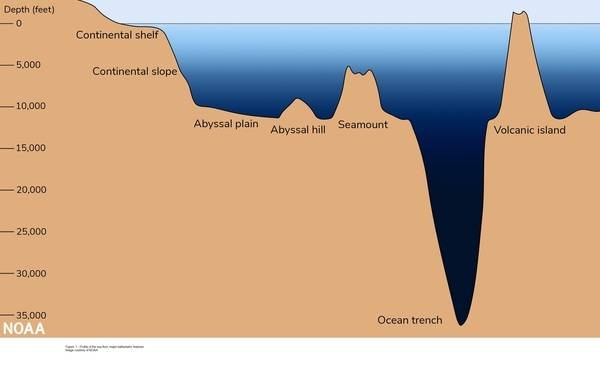
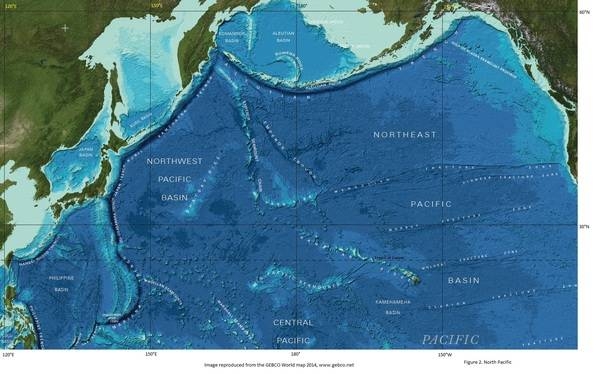
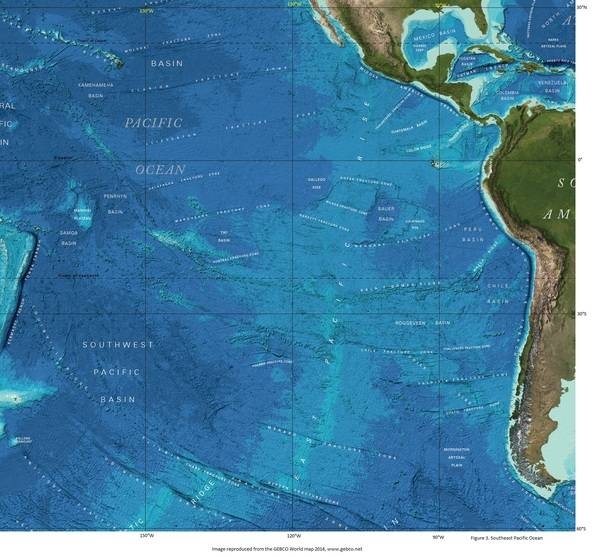
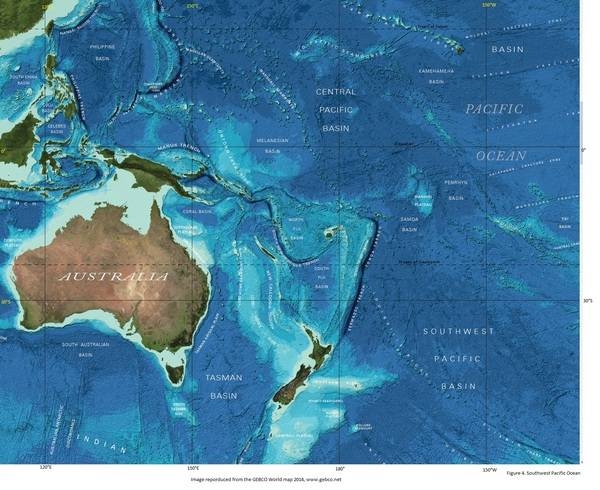
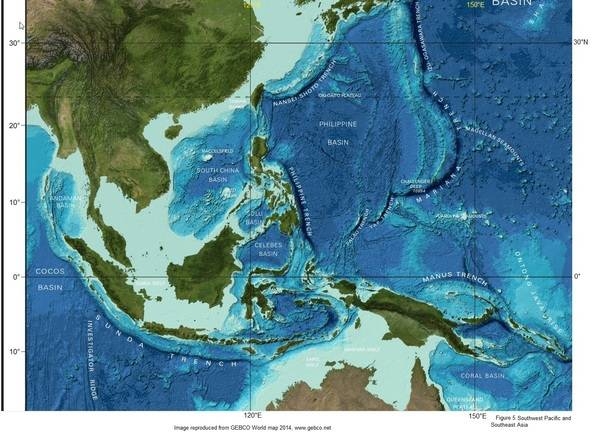
Elevation
highest point: sea level
lowest point: Challenger Deep in the Mariana Trench -10,924 m
note - the Pacific Ocean is the deepest ocean basin
mean depth: -4,080 m
ocean zones: Composed of water and in a fluid state, the oceans are delimited differently than the solid continents. Oceans are divided into three zones based on depth and light level. Although some sea creatures depend on light to live, others can do without it. Sunlight entering the water may travel about 1,000 m into the oceans under the right conditions, but there is rarely any significant light beyond 200 m.
The upper 200 m (656 ft) of oceans is called the euphotic, or "sunlight," zone. This zone contains the vast majority of commercial fisheries and is home to many protected marine mammals and sea turtles. Only a small amount of light penetrates beyond this depth.
The zone between 200 m (656 ft) and 1,000 m (3,280 ft) is usually referred to as the "twilight" zone, but is officially the dysphotic zone. In this zone, the intensity of light rapidly dissipates as depth increases. Such a minuscule amount of light penetrates beyond a depth of 200 m that photosynthesis is no longer possible.
The aphotic, or "midnight," zone exists in depths below 1,000 m (3,280 ft). Sunlight does not penetrate to these depths and the zone is bathed in darkness.
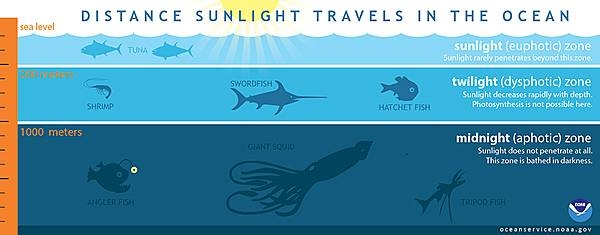
Natural resources
oil and gas fields, polymetallic nodules, sand and gravel aggregates, placer deposits, fish
Natural hazards
surrounded by a zone of violent volcanic and earthquake activity sometimes referred to as the "Pacific Ring of Fire"; up to 90% of the world's earthquakes and some 75% of the world's volcanoes occur within the Ring of Fire; 80% of tsunamis, caused by volcanic or seismic events, occur within the "Pacific Ring of Fire"; subject to tropical cyclones (typhoons) in southeast and east Asia from May to December (most frequent from July to October); tropical cyclones (hurricanes) may form south of Mexico and strike Central America and Mexico from June to October (most common in August and September); cyclical El Nino/La Nina phenomenon occurs in the equatorial Pacific, influencing weather in the Western Hemisphere and the western Pacific; ships subject to superstructure icing in extreme north from October to May; persistent fog in the northern Pacific can be a maritime hazard from June to December
Geography - note
the major chokepoints are the Bering Strait, Panama Canal, Luzon Strait, and the Singapore Strait; the Equator divides the Pacific Ocean into the North Pacific Ocean and the South Pacific Ocean; dotted with low coral islands and rugged volcanic islands in the southwestern Pacific Ocean; much of the Pacific Ocean's rim lies along the Ring of Fire, a belt of active volcanoes and earthquake epicenters that accounts for up to 90% of the world's earthquakes and some 75% of the world's volcanoes; the Pacific Ocean is the deepest ocean basin averaging 4,000 m in depth
People and Society
Environment
Environment - current issues
pollution (such as sewage, runoff from land and toxic waste); habitat destruction; over-fishing; climate change leading to sea level rise, ocean acidification, and warming; endangered marine species include the dugong, sea lion, sea otter, seals, turtles, and whales; oil pollution in Philippine Sea and South China Sea
Marine fisheries
the Pacific Ocean fisheries are the most important in the world accounting for 57.8%, or 46,144,490 mt, of the global marine capture in 2019; of the six regions delineated by the Food and Agriculture Organization in the Pacific Ocean, the following are the most important:
Northwest Pacific region (Region 61) is the world’s most important fishery producing 24% of the global catch or 19,151,516 mt in 2019; it encompasses the waters north of 20º north latitude and west of 175º west longitude with the major producers including China (29,080726 mt), Japan (3,417,871 mt), South Korea (1,403,892 mt), and Taiwan (487,739 mt); the principal catches include Alaska Pollock, Japanese anchovy, chub mackerel, and scads
Western Central Pacific region (Region 71) is the world’s second most important fishing region producing 17.3%, or 13,798,443 mt, of the global catch in 2019; tuna is the most important species in this region; the region includes the waters between 20º North and 25º South latitude and west of 175º West longitude with the major producers including Indonesia (6,907,932 mt), Vietnam (4,571,497 mt), Philippines (2,416,879 mt), Thailand (1,509,574 mt), and Malaysia (692,553 mt); the principal catches include Skipjack and Yellowfin tuna, sardinellas, and cephalopods
Southeast Pacific region (Region 87) is the third major Pacific fishery and third largest in the world producing 9.7%, or 7,755,134 mt, of the global catch in 2019; this region includes the nutrient rich upwelling waters off the west coast of South America between 5º North and 60º South latitude and east of 120º West longitude with the major producers including Peru (4,888,730 mt), Chile (3,298,795 mt), and Ecuador (1,186,249 mt); the principal catches include Peruvian anchovy (68.5% of the catch), Jumbo flying squid, and Chilean jack mackerel
Pacific Northeast region (Region 67) is the fourth largest Pacific Ocean fishery and seventh largest in the world producing 4% of the global catch or 3,160,372 mt in 2019; this region encompasses the waters north of 40º North latitude and east of 175º West longitude including the Gulf of Alaska and Bering Sea with the major producers including the US (3,009,568 mt), Canada (276,677 mt), and Russia (6,908 mt); the principal catches include Alaska pollock, Pacific cod, and North Pacific hakeRegional fisheries bodies: Commission for the Conservation of Southern Bluefin Tuna, Inter-American Tropical Tuna Commission, International Council for the Exploration of the Seas, North Pacific Anadromous Fish Commission, North Pacific Fisheries Commission, South Pacific Regional Fisheries Management Organization, Southeast Asian Fisheries Development Center, Western and Central Pacific Fisheries Commission
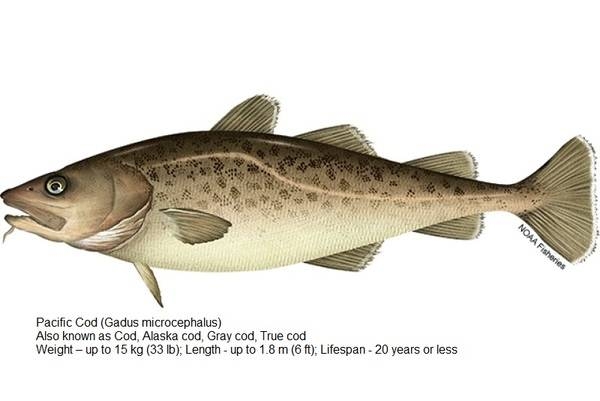
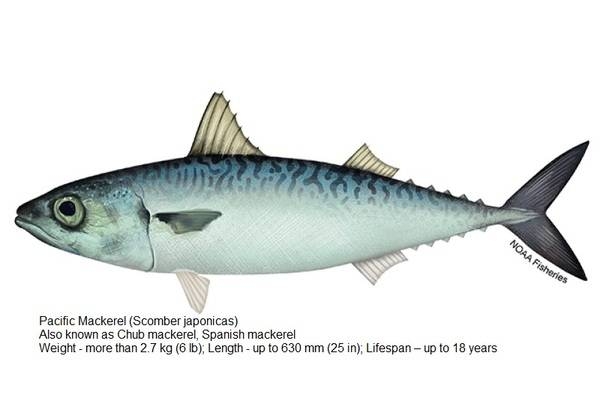
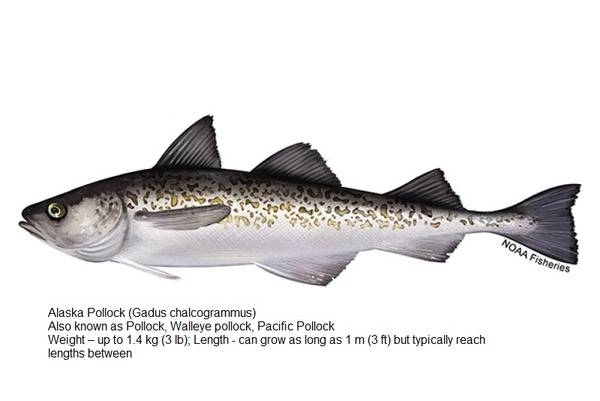
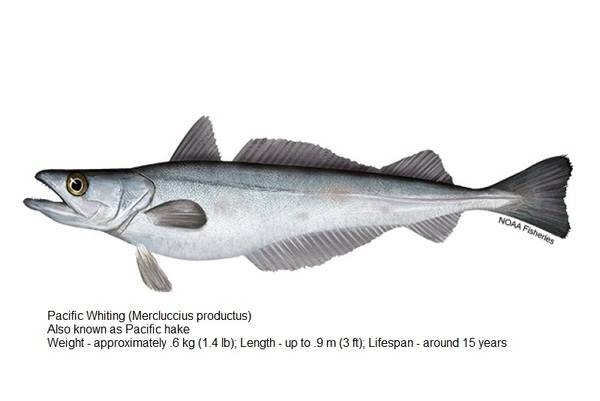
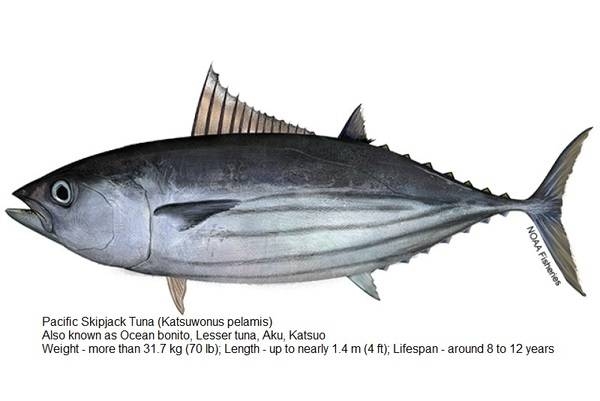
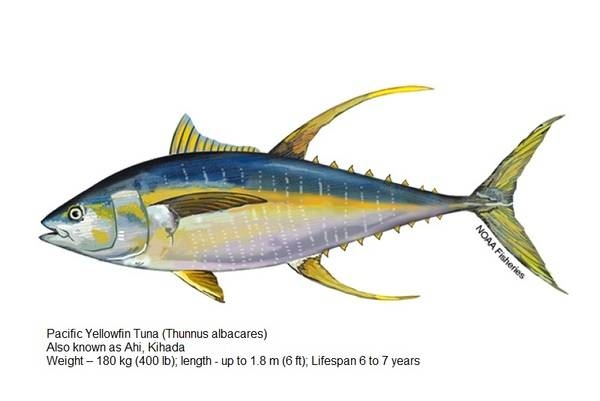
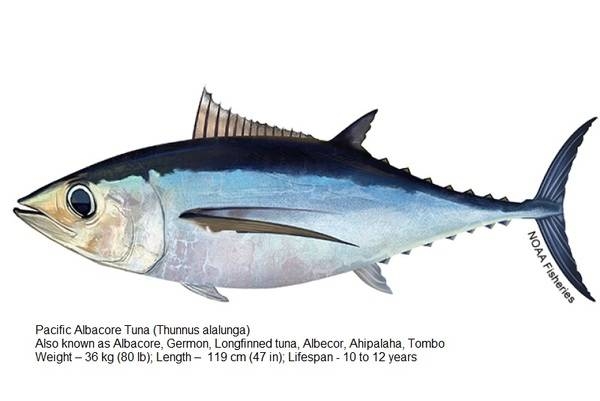
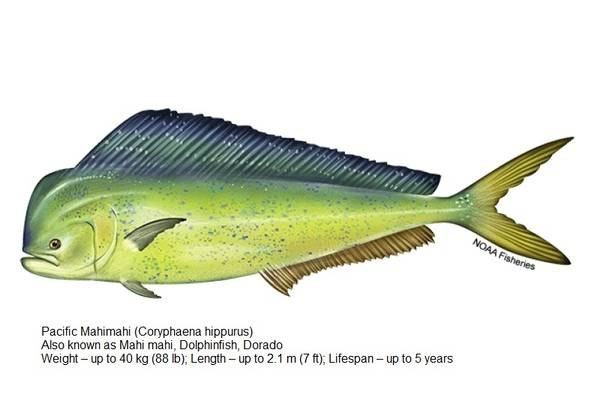
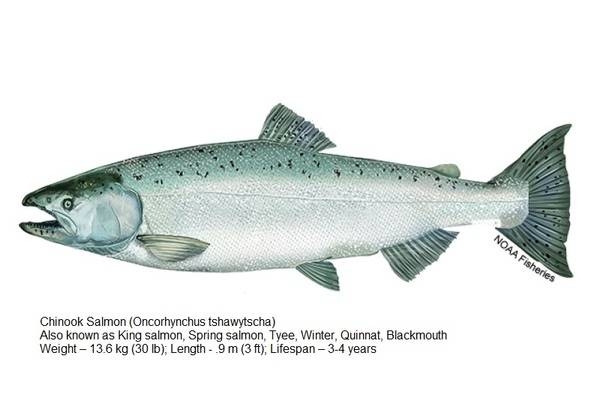
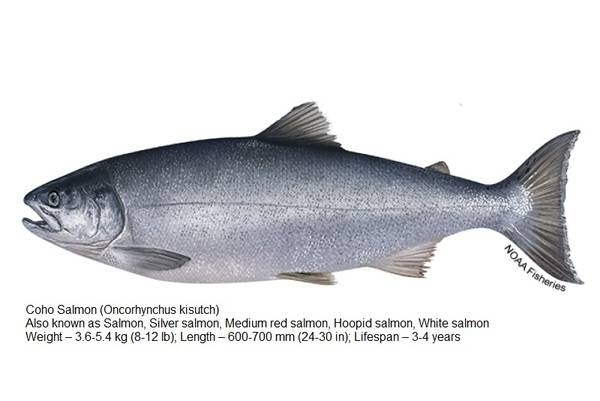
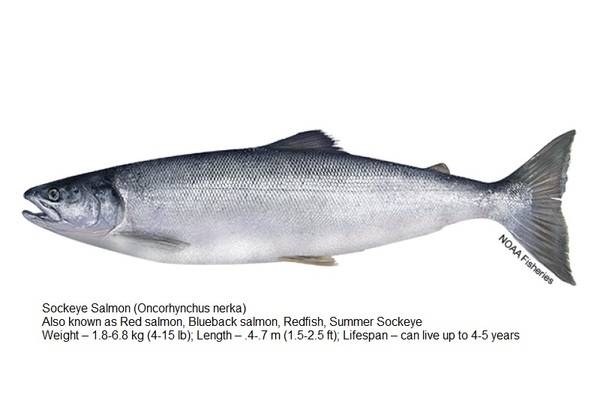
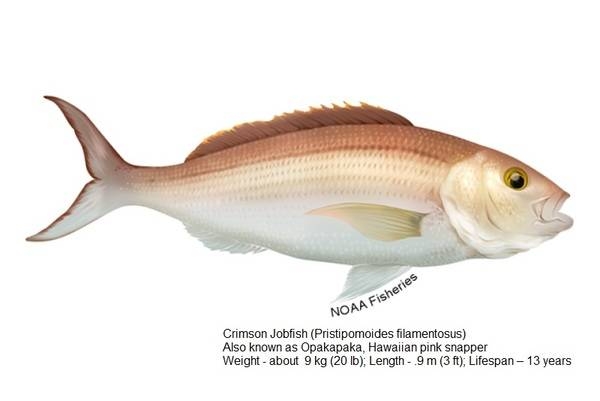
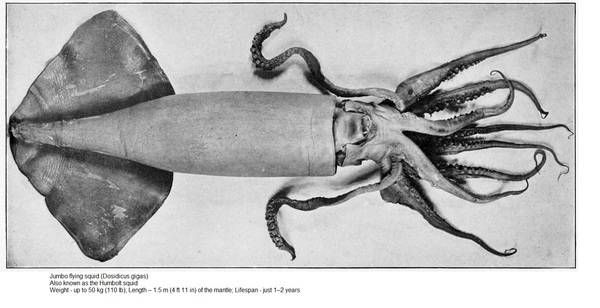
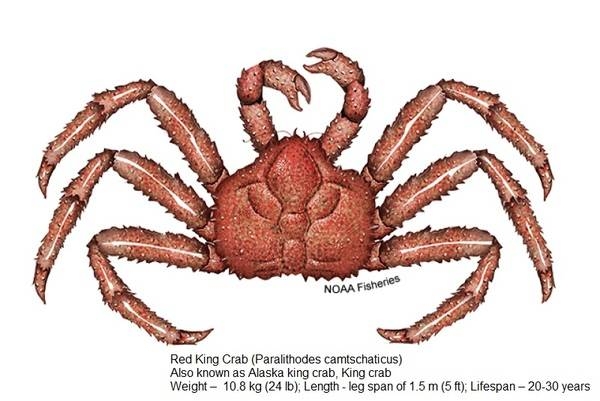
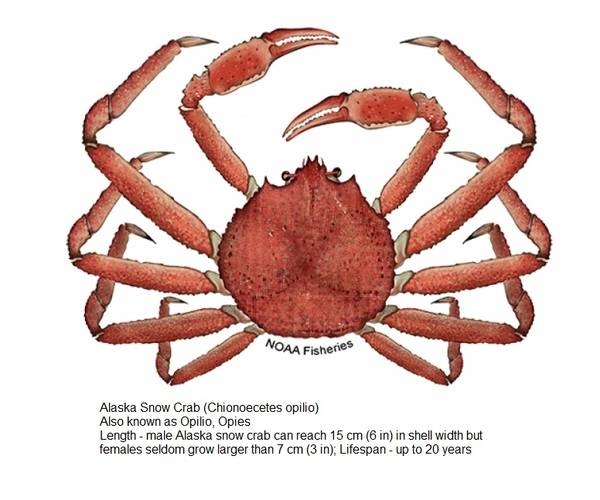
Climate
planetary air pressure systems and resultant wind patterns exhibit remarkable uniformity in the south and east; trade winds and westerly winds are well-developed patterns, modified by seasonal fluctuations; tropical cyclones (hurricanes) may form south of Mexico from June to October and affect Mexico and Central America; continental influences cause climatic uniformity to be much less pronounced in the eastern and western regions at the same latitude in the North Pacific Ocean; the western Pacific is monsoonal - a rainy season occurs during the summer months, when moisture-laden winds blow from the ocean over the land, and a dry season during the winter months, when dry winds blow from the Asian landmass back to the ocean; tropical cyclones (typhoons) may strike southeast and east Asia from May to December
Government
Country name
etymology: named by Portuguese explorer Ferdinand MAGELLAN during the Spanish circumnavigation of the world in 1521; encountering favorable winds upon reaching the ocean, he called it "Mar Pacifico," which means "peaceful sea" in both Portuguese and Spanish
Economy
Economic overview
The Pacific Ocean is a major contributor to the world economy and particularly to those nations its waters directly touch. It provides low-cost sea transportation between East and West, extensive fishing grounds, offshore oil and gas fields, minerals, and sand and gravel for the construction industry. In 1996, over 60% of the world's fish catch came from the Pacific Ocean. Exploitation of offshore oil and gas reserves is playing an ever-increasing role in the energy supplies of the US, Australia, NZ, China, and Peru. The high cost of recovering offshore oil and gas, combined with the wide swings in world prices for oil since 1985, has led to fluctuations in new drillings.
Transportation
Icebreakers
North Pacific
China: one PC 3 or 4 class medium icebreaker, and three PC 5 or 6 class light icebreakers
Japan: one PC 3 or 4 class medium icebreaker
Russia: one PC 3 or 4 class medium icebreaker, and six PC 5 or 6 class light icebreakers
US: one PC 1 or 2 class heavy icebreaker, one PC 3 or 4 class medium icebreaker, and one PC 5 or 6 class light icebreaker
South Pacific
Australia: one PC 3 or 4 class medium icebreaker
Chile: one PC 5 or 6 class light icebreaker
France (French Polynesia): one PC 3 or 4 class medium icebreaker
note: the ships are listed by Polar Class (PC) vessel: PC 1 - year-round operation in all polar waters (ice thickness >3 m); PC 2 - year-round operation in moderate multi-year ice conditions (ice thickness up to 3 m); PC 3 - year-round operation in second-year ice which may include multi-year ice inclusions (ice thickness up to 2.5 m); PC 4 - year-round operation in thick first-year ice which may include old ice inclusions (ice thickness up to 120 cm); PC 5 - year-round operation in medium first-year ice which may include old ice inclusions (ice thickness up to 70-120 cm); PC 6 - summer/autumn operation in medium first-year ice which may include old ice inclusions (ice thickness up to 30-70 cm)
Ports and terminals
major seaport(s): Bangkok (Thailand), Hong Kong (China), Kao-hsiung (Taiwan), Los Angeles (US), Manila (Philippines), Pusan (South Korea), San Francisco (US), Seattle (US), Shanghai (China), Singapore, Sydney (Australia), Vladivostok (Russia), Wellington (NZ), Yokohama (Japan)
Military and Security
Maritime threats
the International Maritime Bureau reports the territorial waters of littoral states and offshore waters in the South China Sea as high risk for piracy and armed robbery against ships; an emerging threat area lies in the Celebes and Sulu Seas between the Philippines and Malaysia where 11 ships were attacked in 2021; numerous commercial vessels have been attacked and hijacked both at anchor and while underway; hijacked vessels are often disguised and cargoes stolen
Transnational Issues
Disputes - international
some maritime disputes (see littoral states)
